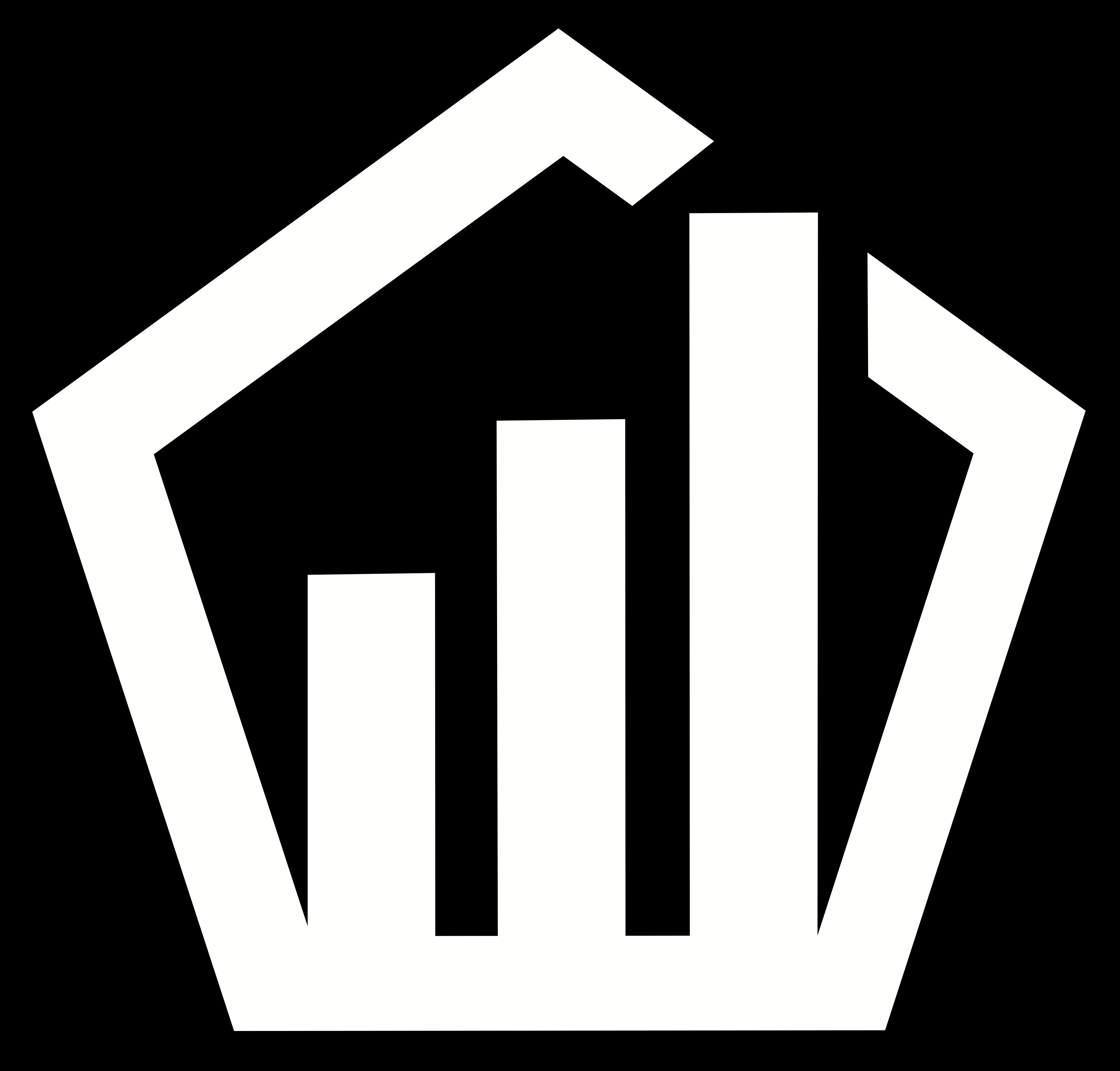There are many ways to build a diversified portfolio based on ETFs on the Internet. In addition, there are more and more special theme ETFs that invest in sectors such as cybersecurity, gaming, etc. (which, by the way, destroys the basic idea of passive, market-ready investing). Here we have put together 3 different portfolios that should meet the needs of any core investment.

ETF stands for "exhange traded fund", which is misleading, since classic funds can also be traded on the stock exchange. In the narrower sense, an ETF is an index fund, i.e., a basket of shares that follows an index. An ETF on the DAX therefore invests in all or almost all companies that are represented in the DAX. This has a decisive advantage: the rule-based concept reduces the running costs of the product. In addition, they are usually better than comparable funds. So why spend more money on an inferior product?
Core ETF portfolios
ETFs are the ideal introduction to the world of investing and are suitable for all investors - from beginners to professionals.
What to watch out for with ETFs
How to read the name of an ETF, an example:
Vanguard FTSE All World UCITS ETF distributing
The provider of the ETF is right at the front. The best-known providers include Vanguard, iShares (Blackrock), xTrackers (Deutsche Bank), Lyxor and Amundi. These also offer the largest selection and history.
The index it follows, which is represented by the ETF. In the case of the FTSE All-World. FTSE here refers to the provider of the index itself - the UK FTSE. Indices from the company MSCI from the USA are very common. But be careful here: There are many variations of one and the same index that emphasize certain characteristics, e.g. SRI, ESG enhanced (sustainability characteristics), but also ACWI, Momentum and others. So take a close look here.
There is also a regulatory label, which sets guidelines at the level of the European Union to which the funds have to adhere.
Finally, the question of whether the fund is distributing or accumulating, i.e., whether income is paid out ("distributing") or directly reinvested ("accumulating").
Additional considerations:
TER
This is the total expense ratio, i.e., the fund's annual management costs. Depending on the index, the TER can fluctuate considerably. For world ETFs it is between 0.1% and 0.2%. Smaller theme ETFs can be more expensive at around 0.7% per year. That does not sound like much at first, but over a period of 20 years and more the costs accumulate. A low TER should be kept in mind, but itself alone is not a reason sufficient enough to buy.
Fund volume
The opposite applies here: the bigger, the better. The largest ETFs have a fund volume of up to 50 billion. With larger providers and ETFs that have been running for a long time, this size is rather irrelevant. It becomes relevant either for new products or for smaller providers. A small volume of less than € 100 million may affect the liquidity and profitability of the fund. In the worst case, this does not mean that your money is gone, but if the fund has to be liquidated, you can no longer invest in this product.
Release date
Another factor that says something about the "longevity" of the ETF. If an ETF has only existed for a short time and follows a completely new index (e.g., "Nasdaq next generation 100"), it is difficult to understand or estimate a long-term development. Many ETFs have existed for more than 20 years and this fact alone generates trust. However, a short history does not have to be bad if the index to be mapped itself has a long history.



